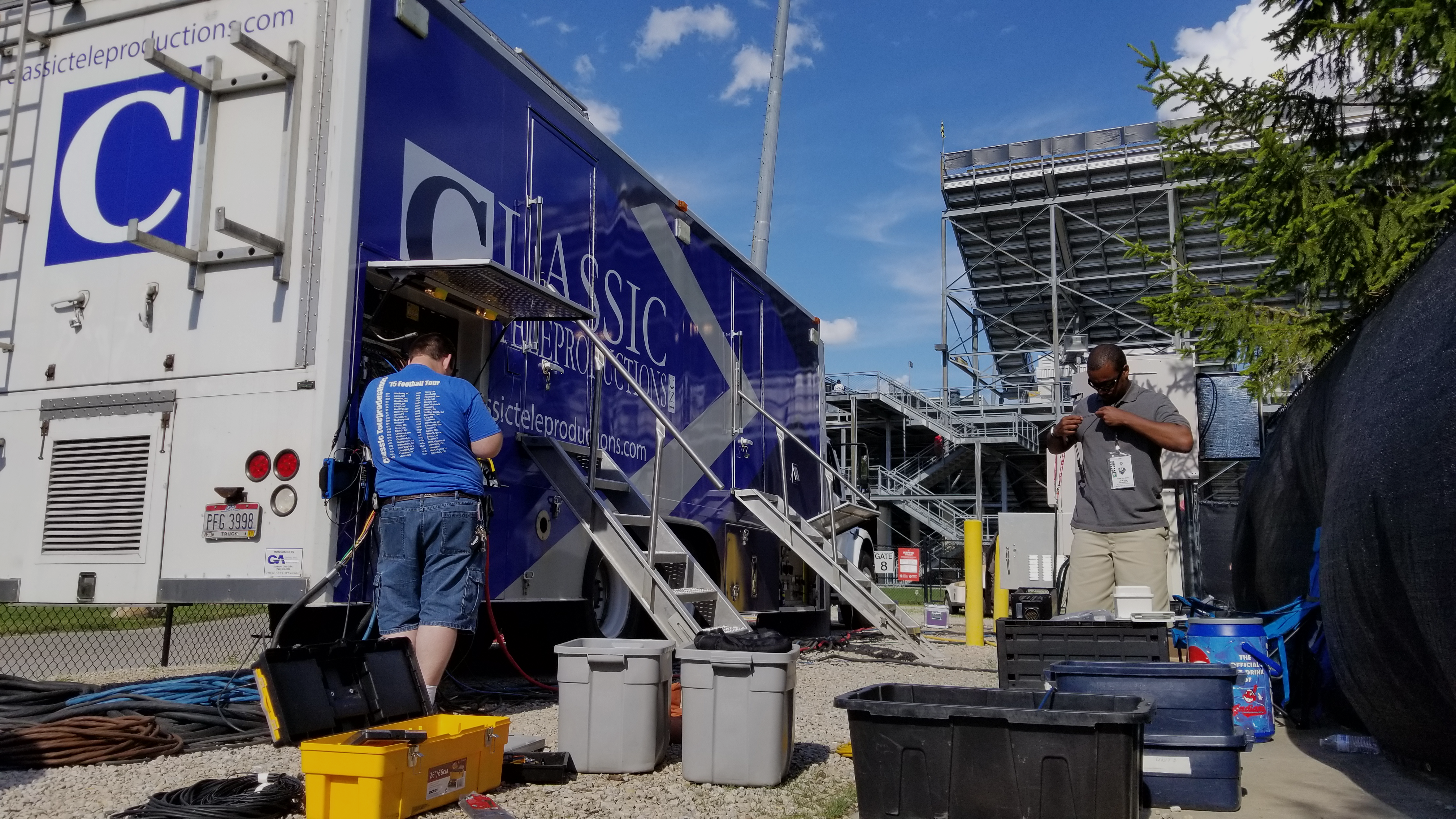Running cables properly for a live broadcast production is crucial to ensure a smooth and uninterrupted transmission of audio and video signals.
Here are some steps to follow to run cables properly:
- Plan the cable routes: Before you start running cables, plan the routes carefully. Consider the location of the cameras, microphones, and other equipment, as well as any obstacles or potential hazards. When planning your route you should try to avoid areas with heavy pedestrian traffic, if areas are unavoidable make sure that proper precautions are taken care of.
- Label the cables: Label the cables with unique identifiers, such as numbers or colors, at both ends. This will help you keep track of which cable goes where and will save time during setup.
- Secure the cables: Use cable ties or gaffer tape to secure the cables to the floor or walls, and avoid placing them in areas where they can be easily tripped over or damaged.
- Keep cables organized: Keep the cables organized and tidy, and avoid running them in a tangled mess. This will make it easier to troubleshoot any issues that may arise.
- Test the cables: Before the live broadcast, test all the cables and connections to ensure that they are functioning properly. This will help you identify and fix any problems before the broadcast starts.
- Have backup cables: Always have backup cables on hand in case of any failures or unexpected issues during the broadcast. This will help you avoid any disruptions or downtime.

